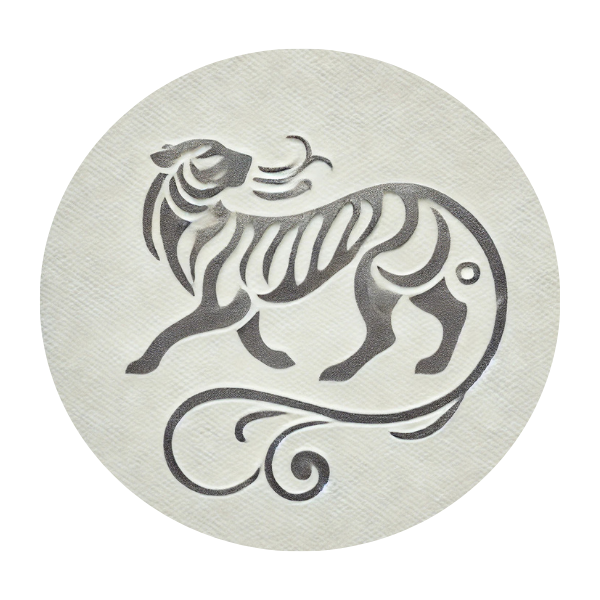ANGER
I acknowledge my anger and channel it into creating positive change in the world
WHAT IS ANGER?
An intense emotional response to perceived provocation, hurt, or threat, often characterized by feelings of displeasure or hostility.
Synonyms: Fury, Rage.
Antonym: Peace
“Anger is never without a reason,
but seldom with a good one.”
Benjamin Franklin
HOW TO RECOGNIZE ANGER IN OTHERS
AND ONESELF
HOW TO RECOGNIZE
IN OTHERS
Body Language
Tense posture, crossed arms,
abrupt movements
Facial Expressions
Furrowed brows, narrowed eyes,
clenched jaw
HOW TO RECOGNIZE
IN ONESELF
In the Body
Tension in the chest or fists,
increased heart rate
In the Mind
Irritated thoughts, focus on the
source of frustration
HOW TO RECOGNIZE ANGER IN OTHERS
AND ONESELF
HOW TO RECOGNIZE
IN OTHERS
HOW TO RECOGNIZE
IN ONESELF
Body Language
Tense posture, crossed arms,
abrupt movements
In the Body
Tension in the chest or fists,
increased heart rate
Facial Expressions
Furrowed brows, narrowed eyes,
clenched jaw
In the Mind
Irritated thoughts, focus on the
source of frustration
What situations trigger my anger the most,
and what does that reveal about my values?
TIPS AND TRICKS ON HOW TO DEAL WITH THIS
EMOTION

Practice Lion's Breath (Simhasana) to release built-up tension. Sit on your knees, inhale deeply, and exhale forcefully with a roar while sticking out your tongue.

Stand in a stable stance, extend fists forward with an exhale to release pent-up anger, then return to a relaxed stance with an inhale.

Visualize your anger as a storm cloud dissipating with each deep breath. Imagine the cloud shrinking and transforming into calm light.

Use a punching bag to channel anger physically. Focus on each strike as a release of negative emotions, allowing you to regain clarity.

Practice Sitali Pranayama: curl your tongue into a tube, inhale through it, and exhale through your nose. This cooling breath calms anger and reduces heat.

Scream or vocalize in a controlled way into a pillow or in a private space. Allow the sound to release pent-up frustration safely and effectively.
CURIOUS FACTS ABOUT ANGER
ANIMALS ASSOCIATED WITH ANGER
Different animals are associated with different emotions in different cultures. Flip the coins to found out more:




